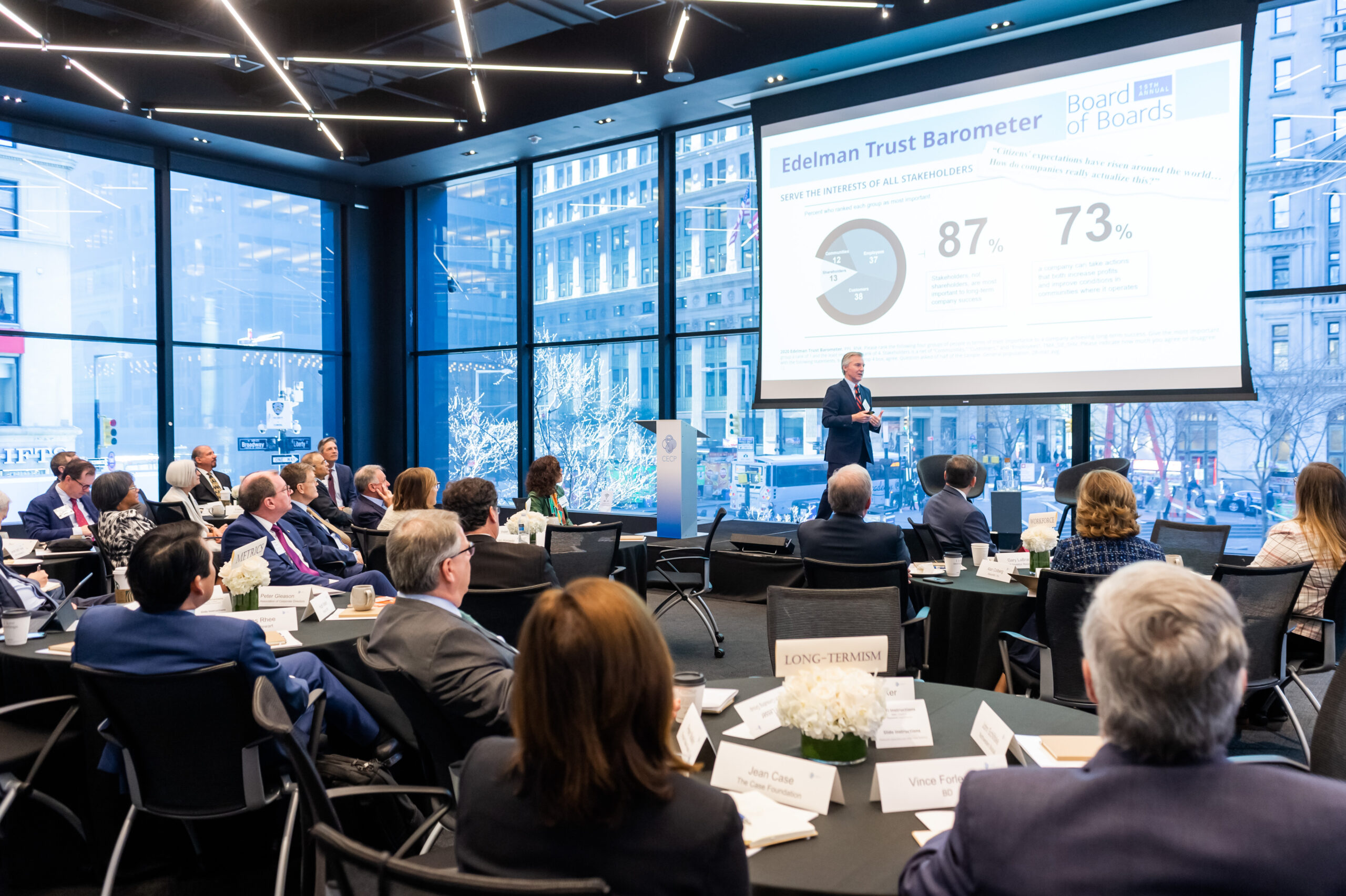There were many complaints—and just as many platitudes—about environmental, social, and governance (ESG) policies during Climate Week and the 77th session of the U.N. General Assembly. But as I listened to the back and forth, the consensus seemed to be that instead of demonizing ESG, we need to bring clarity around what it is, how we should talk about it, and what steps we can take.
Definition
While ESG can seem complex, there are emerging standards across each factor that increase transparency, focus on what’s material, and can be tracked to assess progress and plans. Governing bodies are also playing a role with regulations in the EU and proposals by the SEC, but companies and the capital markets are already engaging and often leading the way through ESG reports, credit ratings, investment decisions, and proxy votes.
E: Climate change creates risk and financial consequences for businesses, including material hazards in line with geopolitics and cybersecurity.
Three organizations provide excellent guides for a company to create high-quality, transparent, and reliable reporting for investors and key stakeholders. The International Sustainability Standards Board (ISSB), an investor-focused initiative of the International Financial Reporting Standards (IFRS) Foundation, has voluntary corporate sustainability reporting frameworks and could influence mandatory disclosure regimes that are evolving in the US, UK, and EU. Other organizations include the Task Force on Climate-Related Financial Disclosures (TCFD) and Carbon Disclosure Project (CDP), which have widely adopted recommendations on disclosures that are applicable to organizations across sectors and jurisdictions to manage their environmental impacts.
S: The “S” includes the parts of society that a company touches including employees, customers, suppliers, and communities. CECP broadly defines the S as Total Social Investment (TSI), a forward-looking reflection of the numerous ways in which companies create social and economic prosperity, manage risks, and the relevant metrics. Employee engagement, customer satisfaction and trust, supplier treatment and diversity, community engagement and support, and societal stances and influence all play a role.
G: The governance factors include the distribution of rights and responsibilities among different participants in corporations, including the board of directors, managers, and shareholders. According to S&P Global, the purpose of the corporation, the role and makeup of boards of directors, and the compensation and oversight of top executives, have emerged as core issues in companies’ corporate governance structures.
Narrative
What ESG needs the most right now is a more mainstream dialogue about its benefits. We’re not supporting the effort when we focus on degrees Celsius (which is not used in the U.S.) and long-off risks. A better pathway is to see ESG as a competitive business advantage, where companies are collectively working to secure a better future with breathable air, clean water, and safe jobs. It’s just good business.
Action
Next comes action. Establishing clear long-term, medium-term, and short-term goals and plans are crucial; it’s not only about words, but also about deeds. Leading companies are setting goals and making commitments, investing resources, and driving innovation.
Each company will have its own set of plans and actions, such as goals of Philip Morris International (PMI) to create a smoke-free future. And based on their challenges and capabilities, CECP has launched its investor-inspired Long-Term Plan framework—utilized by 50 global companies to date including IBM, Merck, Moderna, and UPS—to help companies understand, track, and share how they can best create value, over the long term. The components of this plan are material; core strategies such as human capital, markets trends, competitive strategic positioning, and capital allocation.
And companies are showing how they plan to get there and sharing progress along the way. CECP’s CEO Investor Forum, such as the October MedTech Conference sessions and June of 2023 climate event, is where leading CEOs are sharing their Long-Term Plans with investors, their employees, their customers, and more.
Summary
The ESG debate is a good thing. ESG provides material metrics that underpin sustainable business. The pushback shows that the movement has people’s attention and is making progress. But there are opportunities to:
- Improve the definitions through clear, assured, and regular disclosed metrics
- Strengthen the narrative by connecting it to real challenges in a language relevant audiences understand; and
- Act in innovative ways that address the challenges and build on the strengths of leading businesses and organizations.
Change can be unsettling, but the more ESG becomes mainstream, the more it will feel like a standard operating procedure for well-run companies.


